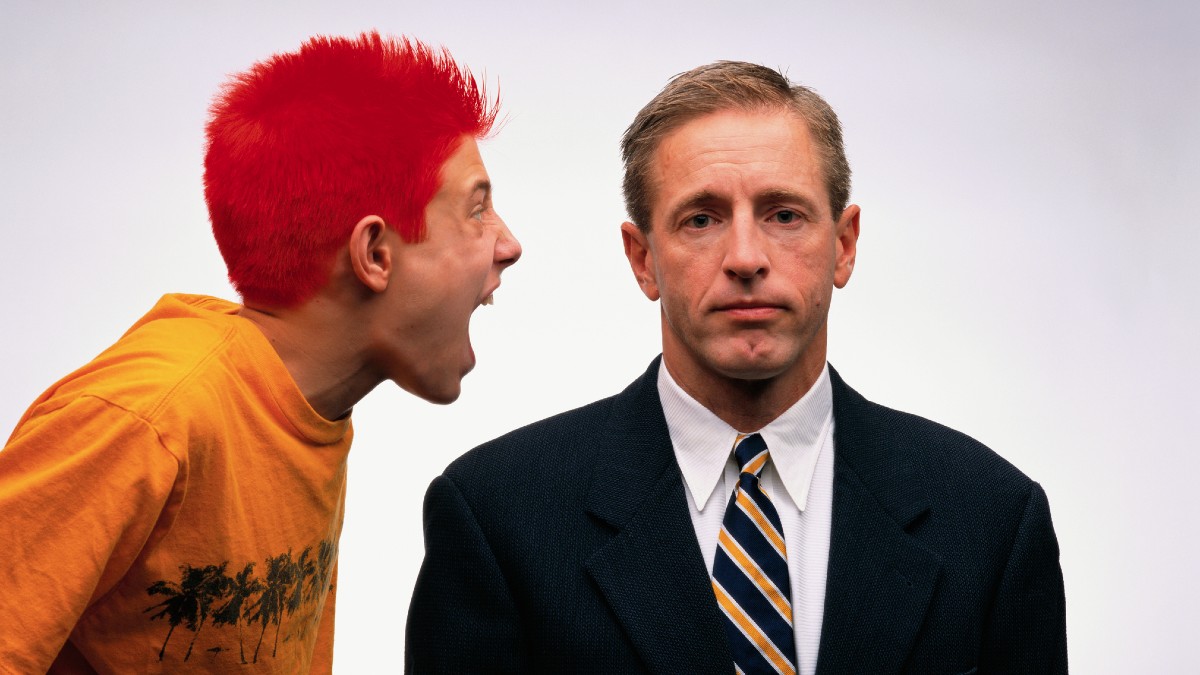US Inflation is slowly heading toward the Fed’s 2pc target, but not quietly

Via Getty
US Consumer Price (CPI) data for November dropped late in the New York session, with inflation pretty much unchanged last month.
Or, in the words of CBA’s Harry Ottley, only marginally stronger-than-expected.
“The main takeaway is we’re on that path towards returning to the Fed’s 2% target,” said Alan Detmeister, an economist at UBS.
“But we’re getting there slowly.”
Down but not out
US inflation – stripping out food and energy prices – eased to 4% year-on-year in November.
Wall Street closed higher and US bond yields tripped lower Tuesday night as happy buyers of the mega-cap stocks could almost taste the rate cuts – the US Federal Reserve concluded its two-day policy meet overnight (New York time) and comes out with a final 2023 decision on interest rates.
The S&P 500 ended up +0.45%, the Dow Jones, +0.5% and the Nasdaq Composite added +0.7%. New intraday 12-month highs all round.
The Fed is broadly expected to keep its key rate unchanged to complete what would be a hat-trick of pauses.
According to the CME FedWatch Tool, there’s now instead a circa 80% chance of a rate cut in May.
A sticky ‘super core’
US headline inflation lifted by 0.1% Month on Month (MoM) while the annual rate eased to 3.1% from 3.2%, after a month of steep oil price declines.
Core inflation rose by 0.3% MoM, which saw the annual rate remain unchanged at 4%.
The inevitable Satan in the small print – underlying price pressures, the everyday, rents, restaurant meals, car insurance and many other services — looks like it’s staying stubbornly high ahead of Christmas.
Westpac economists said the ‘super core’ CPI (excluding food, energy and housing) was seen as sticky and countered the prior squeeze in bonds.
But while the majority of attending economists think rising prices will splutter out in the coming months, UBS expects wild swings ahead for markets next year.
It could be a wild ride, but inflation – according to UBS economists – looks entirely capable of falling to within the US Fed’s 2% target band by the end of next year.
A reserved US Fed
Attention now turns to tomorrow’s Fed meeting, where the Board is expected to keep the Federal Funds target rate unchanged at 5.25%-5.50%.
CBA notes that with core US inflation still sitting at 4.0%/yr there’s still work to be done and Tuesday night saw US traders pared some rate cut bets, albeit marginally.
“Tomorrow’s FOMC policy meeting will likely reinforce that the Fed has not yet declared victory on inflation and communication will push back on possible cuts. US bond yields jumped initially after the CPI print but then pared gains and equities advanced.”
Tony Sycamore at IG says with the decision more or less baked in, interest will focus on whether the statement includes a tightening bias as elucidated in last month’s statement:
In determining the extent of additional policy firming that may be appropriate to return inflation to 2 per cent over time.
“As a result, there hasn’t been a change to the broader market view that rate hikes are finished and cuts are coming next year, with the first still pencilled in for May 2024,” Tony adds.
Bullishly positioned for what comes next
AS US stocks keep surging on into Christmas – the S&P500 index is up around +12% – UBS says investors should be “bullishly positioned,” but also braced for the worst.
“The large spread between current strength and expected weakness presents a dilemma for investors,” UBS wrote in a Monday note.
“We recommend remaining constructively positioned until the data deteriorates, with a focus on (1) labor market conditions, (2) credit performance, and (3) profit projections.”
“With P/Es 2-3 multiple points below their 2022 highs, and the backdrop strong, we see further upside over the near-term.”
“That said, we expect a double-digit drawdown some time in 2024.”
While stocks typically fall six to seven months before a recession, UBS says it could be anytime from now to the start of 2025.
UBS has forecast the US S&P500 will end 2024 at 4,850, roughly +4% above Tuesday’s close with the tech sector set to ‘reaccelerate earnings growth next year and account for roughly 2% to 3% of S&P 500 profit growth.’
Meanwhile, Goldman Sachs has forecast the S&P 500 will end 2024 at 4,700 and the BofA a bullish 5,000.
We’ll know more after the Fed reveal at around 5am today.
UNLOCK INSIGHTS
Discover the untold stories of emerging ASX stocks.
Daily news and expert analysis, it's free to subscribe.
By proceeding, you confirm you understand that we handle personal information in accordance with our Privacy Policy.








